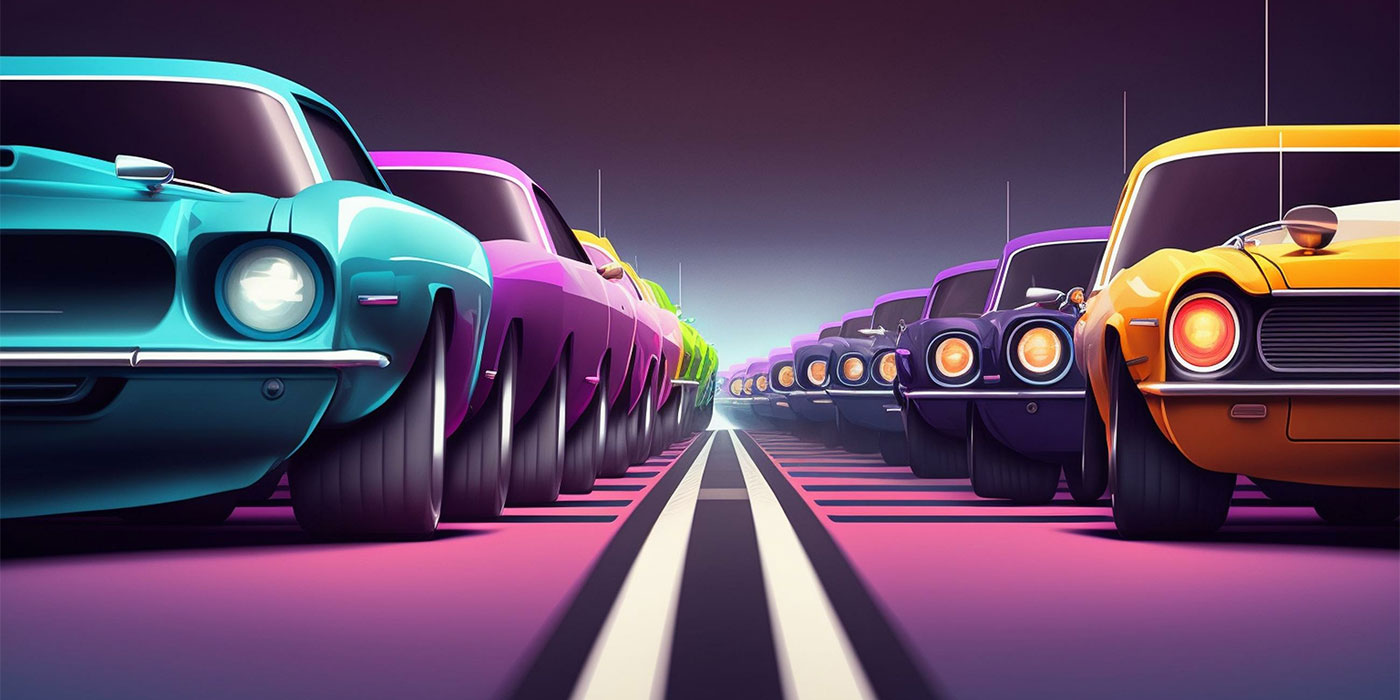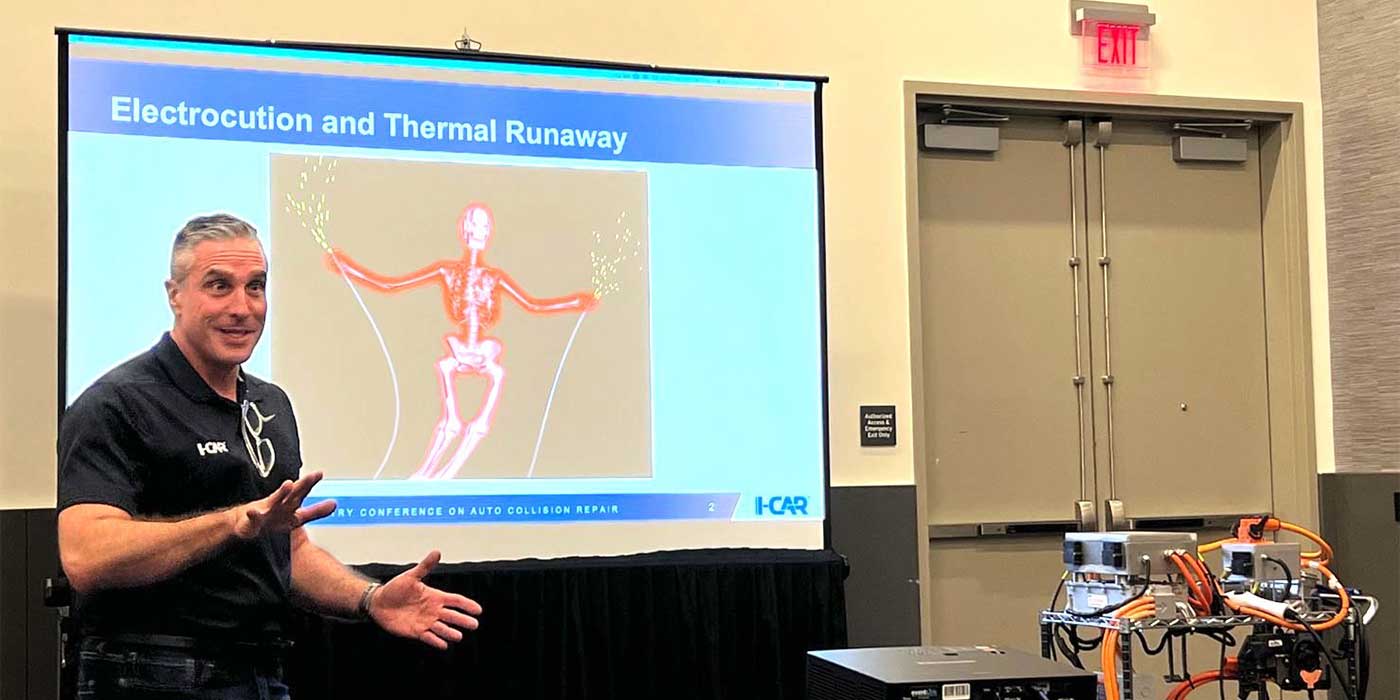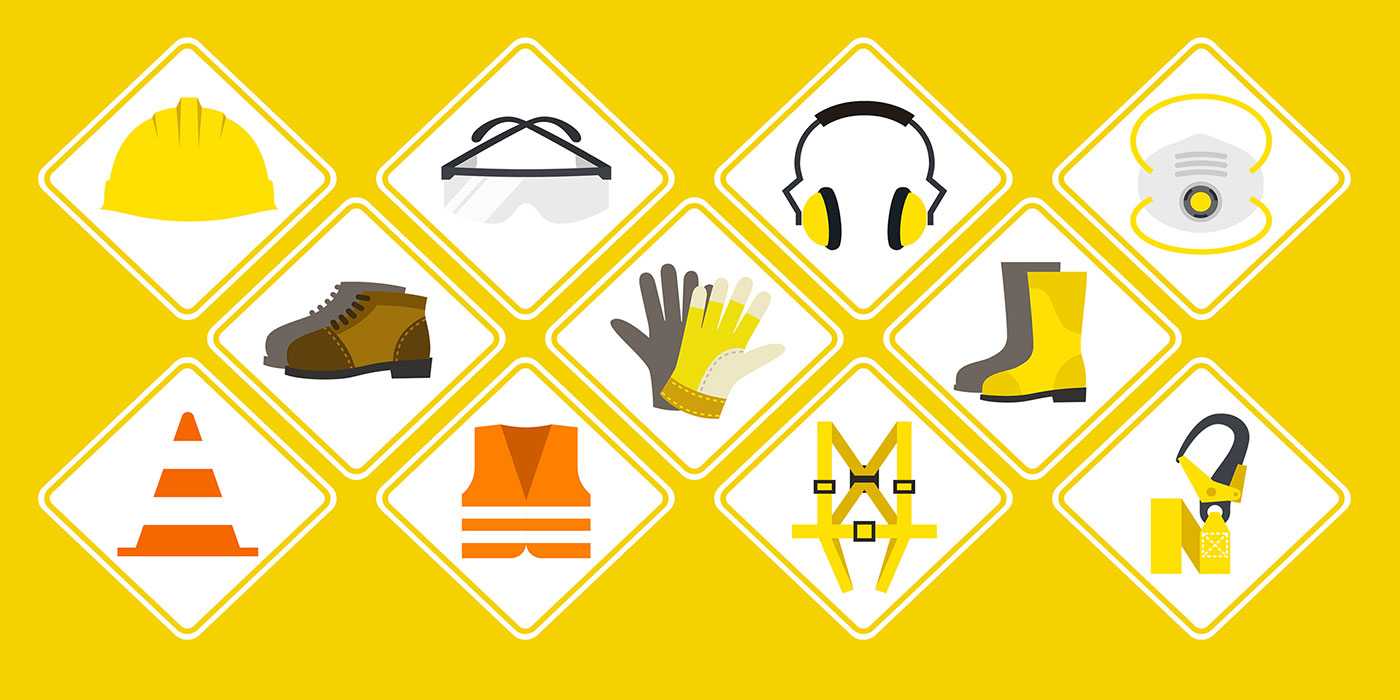As I suggested last month, when I meet someone in our industry who recognizes my name from these pages, they mostly fall into three categories: 1) folks who like my tales of misdeeds and pranks from the old days, 2) folks who like my various numerical ranges for measurable industry stats, and 3) those folks who are pretty sure I’m wrong about everything. Presumably, the rest of our readership occasionally reads one of my columns and goes “Yeah!” “Wrong!” or “Huh?” at the end and resumes work. This month, I’ll please my numbers fans with some comparable business math.
Compare Numbers
I contend that no one knows more about your collision repair business than other collision shop owners. Sharing how your shop does things such as teardown or aluminum repair or parts check-in is super helpful. Someone in another shop is almost certainly doing some of it more successfully than your shop. Sharing actual measurable numbers is even better yet. What percentage of your sales went to health insurance? How do you pay your technicians, estimators, managers? How many weeks of vacation do you offer? What do you spend on advertising?
The problem with this great meeting of the minds is who to put at the table. No one is going to share their best practices and real numbers with their direct competitors. Say your great idea was to open an hour earlier on certain days to catch the hard-working commuters who have a drivable repair. Cool idea. If the shop down the street is at the same table, they just made a note to open 90 minutes early on those days. So rule numbers 1, 2, 3 and 4: no competitors at the table.
I’m describing what John Z. DeLorean called a “20 Group.” Before DeLorean made stainless steel sports cars, he was the president of Chevrolet. He is credited with the notion of putting 20 non-competitive Chevrolet dealer principals together for regular meetings. None of those 20 dealerships scattered across the country competed with each other, so they held nothing back when sharing information. Information like what? Like how many cars do you sell per salesperson? How much is a single mechanical stall worth in annual sales dollars? What’s your gross profit percentage on crash parts? The business principal sharing concept works like a charm. Everybody in the group gets better by virtue of their participation. To remain a member, you have to share real operating numbers.
I was privileged to facilitate hundreds of 20 Group meetings over my career and can personally attest that all members of all the groups ran better operations as a result of their participation. It takes lots of trust, in both the process and your fellow members. By definition, the business owners or corporate officers are alpha personalities, and no one wants to be shown up as the “worst” of whatever measurement the group is examining. But what makes the process work so well is that the lowest scoring person always sees proof that others are doing the same job, with better results. “Model that!” becomes the cry. My goal was to have every member sit down for the next meeting with better (more profitable) results than last time. They might still have the lowest metric in the group, but as long as their own number is better than the same measurement last time, it’s a win.
Build Your Own Group
Locating interested non-competitive businesses who do the same work you do is a giant hurdle. Paint companies and trade associations are logical places to identify and interest potential group members. A less rigorous “20 Group Lite” plan would be to include nearby competitors who are also interested in operating a more profitable business. Not the guy or gal who you butt heads with every day, but the competitors on the other edge of town or in nearby towns who have demonstrated they play fair in your market. Imagine if they would be willing to join you and a half-dozen other similar businesses for a long lunch in the local restaurant meeting room in which the service clubs hold their events. Meet together to share some useful numbers but no secrets. And because you’re all potentially competitors, no discussions about setting prices of any kind – fixing door rates or other costs by agreement is illegal. Period.
Because you still might compete, I predict you won’t want to get financially naked with each other and disclose actual annual sales or gross margins. Instead, look for common problems like the adjustment process with insurance company XYZ or the truck shipments from a common supplier. But to get much value other than interesting conversation out of this process, some numbers must be compared. One useful number that doesn’t disclose any sensitive data is annual dollar sales per employee (SPE).
The calculation is this: divide your annual sales dollars by your number of full-time-equivalent (FTE) employees. This isn’t a straight headcount; a FTE works 40 hours in a week. So a part-time employee is worth some portion of that, depending on the hours they put in. For example, a body shop has a detailer who only works Thursday and Friday getting cars ready for delivery. Two out of five days is 40 percent of the week or .4 FTE (16 hr./40 hr.) A PBE jobber has a part-time delivery driver who comes in at lunch and works till 5 or .5 FTE (20/40). It works the other way, too; if your business is open Saturdays until noon, and everyone who works there puts in 45 hours a week, they represent 1.12 FTE (45/40). A productive painter who comes in at 7 a.m. and works until 6 p.m. every night works a 50-hour week and represents 1.25 FTE (50/40). You get the idea. It evens out employee head counts across different businesses.
Build a Range
Body shop A comes to our imaginary business lunch with an SPE of $185,000. The next shop at the table posts an SPE of $225,000, and yet another shop reports $240,000. We’ve established a range without giving away any secrets about sales dollars or number of employees.
In this example, Shop A had sales of $1.74 million and 9.4 FTE employees, Shop B had sales of $4.19 million and 18.6 FTE, while Shop C did an even $1.2 million with only five FTE folks. None of them knows what the others’ sales are or headcount is, but they all can talk about this number on common footing.
The popular method of comparing different-sized businesses in the same field is called common sizing and is a staple of 20 Group discussions. Imagine we have one PBE jobber with sales of $10 million and another with sales of just $1.5 million. They both pay phone bills. What percentage of sales does their phone bill (insurance bill, accountant/lawyer, office supplies, etc.) represent? Turns out their phone bills are both about 0.4 percent of their respective sales – another useful benchmark established without sharing too much personal info.
Summary
If finding local semi-competitors to join your new business improvement group seems unlikely, at least share some basics like SPE and some other non-threating data with your actual friends who own shops or stores. Some of those businesses who do what you do for a living are outperforming you. I also wager you’re doing some things better than they are. By sharing a few numbers with each other, you will all find a successful result your firm could share with others and identify a better result your firm could emulate.

